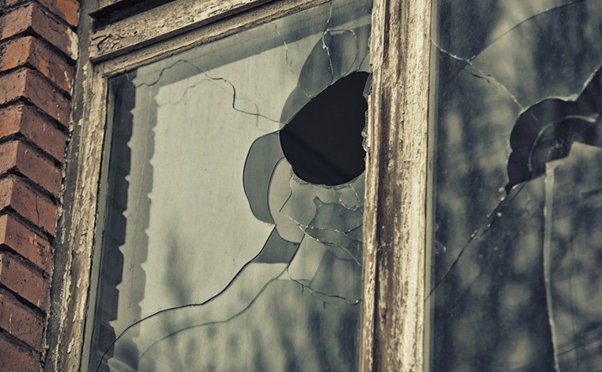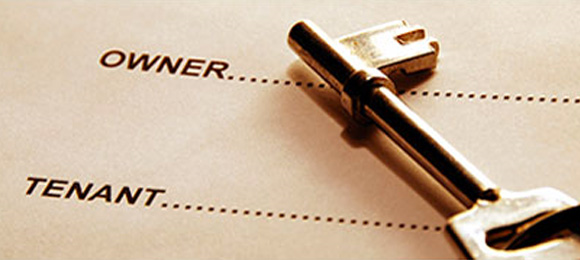If you are a landlord, chances are you will have to deal with damage to your rental property at some point. Here are some helpful tips for landlords dealing with tenant damage.
It is the tenant’s responsibility if they cause damage to a property that they rent. As soon as damage occurs, the tenant must report it and detail how they will repair it. This doesn’t always happen though, and often damage is only discovered at the end of a tenancy. For help with Property Maintenance Gloucester, visit a site like Redbridge and Sons

There is a clear difference between expected wear and tear and real damage. A landlord can’t deduct from a deposit for wear and tear that is expected over time. This could include appliances no longer working due to age, property damage from weather, fading of furnishings and wear of carpet. However, damage that can lead to deductions includes things like smashed windows, party damage, cigarette burns, pet damage, broken furniture and damage caused by improper use of electrical appliances.
Accidental damage that occurs to a property, such as that done by a contractor or by a neighbour’s actions should usually be covered by the landlord’s insurance. Any damage caused through crime will also come under the landlord’s responsibility.

When a deduction needs to be made from a deposit, it can only be on a ‘like for like’ basis. For example, a tenant cannot be charged for a brand new, top of the range bed because they damaged an old, barely fit for purpose one.